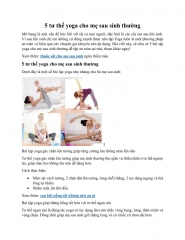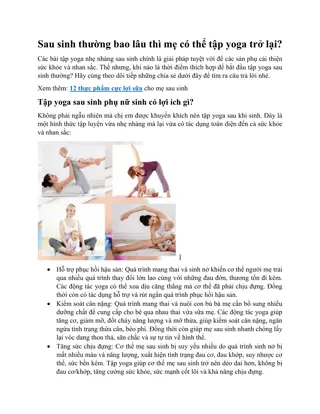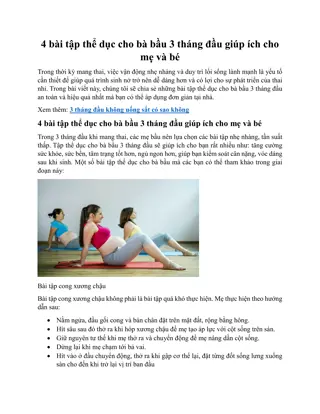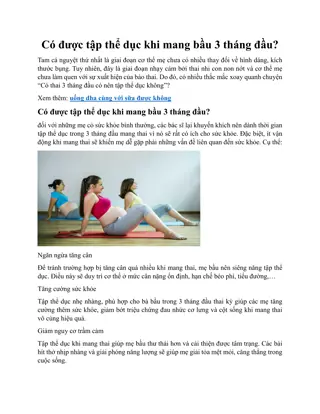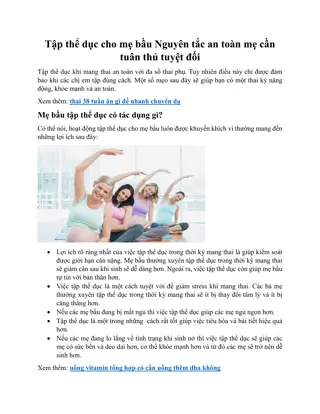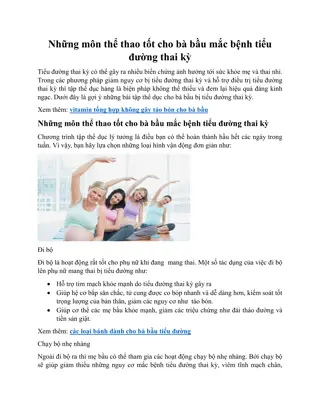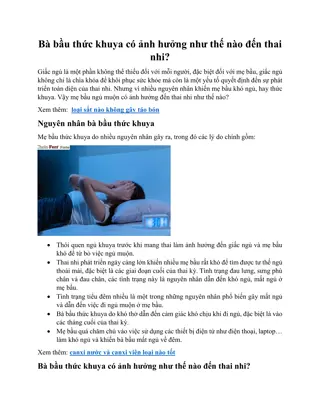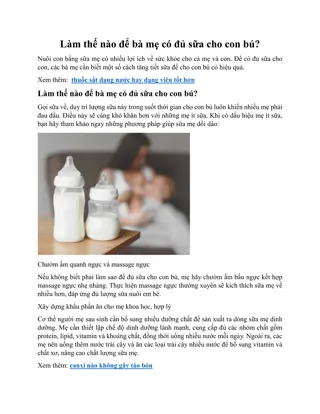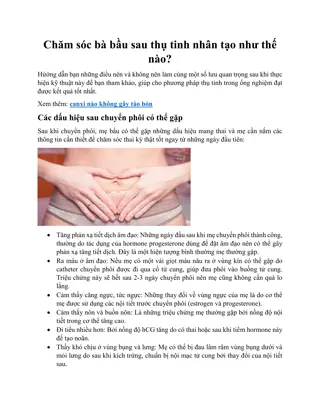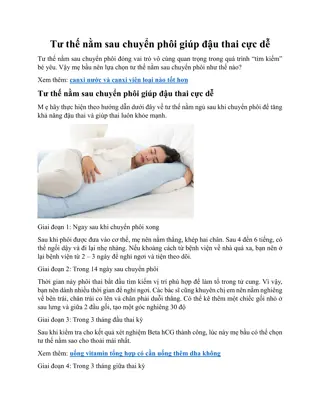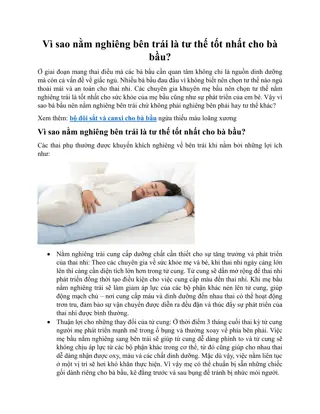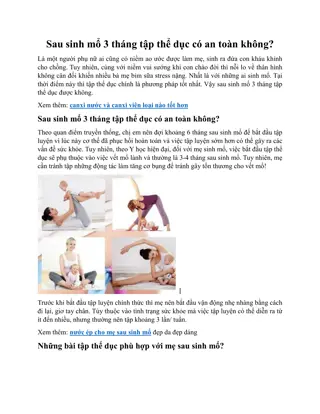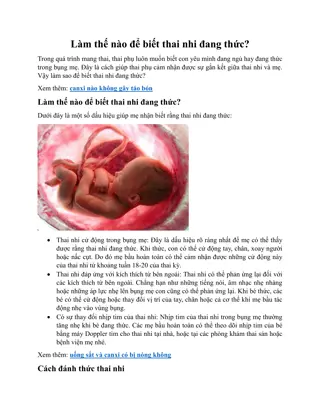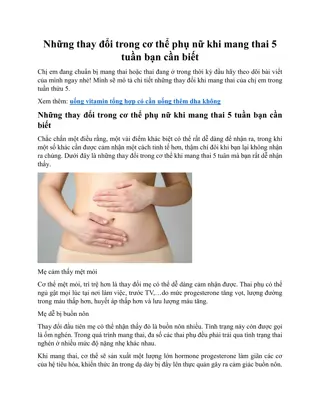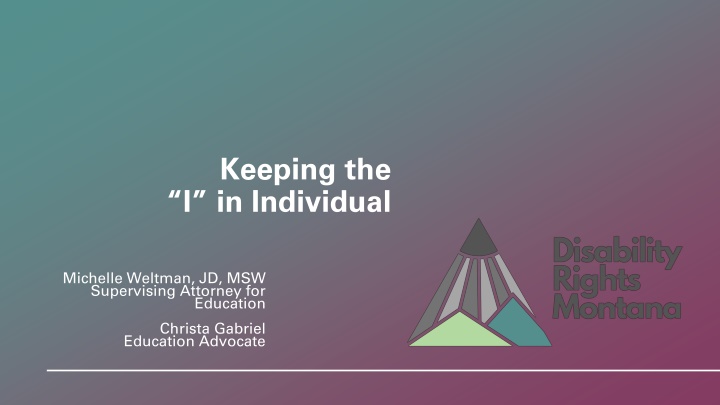
Disability Rights Montana: Advocating for Individuals with Disabilities
"Discover Disability Rights Montana (DRM), a dedicated organization advocating for the rights of individuals with disabilities in Montana. Learn about their mission, services, and areas of focus, including education, employment, voting, and more. Find out how to seek help and get involved."
Download Presentation

Please find below an Image/Link to download the presentation.
The content on the website is provided AS IS for your information and personal use only. It may not be sold, licensed, or shared on other websites without obtaining consent from the author. If you encounter any issues during the download, it is possible that the publisher has removed the file from their server.
You are allowed to download the files provided on this website for personal or commercial use, subject to the condition that they are used lawfully. All files are the property of their respective owners.
The content on the website is provided AS IS for your information and personal use only. It may not be sold, licensed, or shared on other websites without obtaining consent from the author.
E N D
Presentation Transcript
Keeping the I in Individual Michelle Weltman, JD, MSW Supervising Attorney for Education Christa Gabriel Education Advocate
DISABILITY RIGHTS MONTANA Introduction Who are we? What s DRM? IDEA 504 Plans Guardianship Questions? Agenda 2
3 What is a Protection and Advocacy Agency?
DISABILITY RIGHTS MONTANA Mission: Disability Rights Montana's mission is to protect and advocate for the human, legal, and civil rights of Montanans with disabilities while advancing dignity, equality, and self- determination. Disability Rights Montana 4
DRM is a P&A Outreach, Information & Resource, self advocacy support, education, technical assistance, policy work Pursue legal, administrative, & other appropriate remedies, to ensure the protection of, and advocacy for, the rights of people with disabilities. See e.g. 42 U.S.C. 15043(a)(2) access authority from Congress to go anywhere where a person with a disability receives services to monitor and investigate allegations of abuse and neglect. Through the Help America Vote Act, P&A authority extended to ensure full participation in the electoral process for individuals with disabilities, including registering to vote, casting a vote and accessing polling places. 52 U.S. Code 21061 PAVA focuses is on ensuring people with disabilities have access to vote privately and independently DISABILITY RIGHTS MONTANA 5
What is the P&A System? Areas We Work In Education Employment Voting Community living Prevention of Abuse, Neglect, and Exploitation Outreach and training Public policy Other disability civil rights issues People we serve Any person with a disability under the ADA in Montana Regardless of age Regardless of income or assets Folks interested in learning about: Voting Community living Prevention of Abuse, Neglect, and Exploitation Civil Rights What we don t do Stuff that other publicly funded or private law firms do, like: Family law (divorces, etc.) Criminal law Estate planning (wills, etc.) Tax, pension, bankruptcy Malpractice and personal injury Property disputes DISABILITY RIGHTS MONTANA 6
How can we get help? All contacts start with an intake make an appointment! Online through our website By email or phone Accommodations are available as needed; intakes can be in-person, by phone, or video call. DisabilityRightsMT.org click Book an Appointment 406-449-2234 Advocate@disabilityrightsmt.org DISABILITY RIGHTS MONTANA 7
LAWS THE BIG PICTURE All federal disability rights laws share these key areas of focus: Equity Access Integration Anti-discrimination Anti-retaliation If you do the first three well, you shouldn t have to worry about the last two!
Intersectionality and disability rights Individuals in other protected classes (race, sex, religion, sexual orientation and gender identification) Title VI and VII, Title IX, EEOA, 1983, MHRA ADA People with any qualifying disability 504 People with disabilities in programs or activities receiving federal financial assistance Venn IDEA K-12 Students with specific categories of disabilities who need special education and related services because of their disabilities 9
IDEA Individuals With Disabilities Education Act Every school district has the Child Find obligation and must locate, identify, and evaluate school age children and youth residing with district who are suspected of being children with disabilities. Every qualified child with a disability is entitled to receive: A Free Appropriate Public Education (FAPE) In the Least Restrictive Environment (LRE) through a properly developed Individualized Education Program (IEP) And has certain rights throughout the evaluation and IEP process called procedural protections. DISABILITY RIGHTS MONTANA 10
IDEA Eligibility A school is obligated to evaluate a student whenever there is a reason to suspect the student may be a child with a disability under IDEA That suspicion can come from various sources, including: The district s Child Find activities A request to evaluate by a parent, staff member or anyone else Concerns about a child s continued struggles with behavior or academic performance following previous intervention, such as RTI, MTSS, or a 504 Plan DISABILITY RIGHTS MONTANA 11
IDEA Eligibility It can be easy to say no to testing because you don t think a child will qualify but how do you really know? That s what the tests are for! Do the tests and see what they say Informal evaluations do not meet IDEA requirements for comprehensive evaluation, and are unlikely to result in a valid determination of ineligibility Schools can use informal intervention (RTI, MTSS) for a time as part of their process to determine a child s needs, but if a parent makes a request for evaluation, these interventions cannot be a substitute for a response to that request. Refusal to evaluate requires written notice a Prior Written Notice (PWN) to the parent and triggers the right for an IEE request DISABILITY RIGHTS MONTANA 12
DISABILITY RIGHTS MONTANA Students who qualify under IDEA are entitled to: In other words Special education and related services provided at no cost to the parent, designed to meet the unique needs of each child. 13
Individualization Individualization is the hallmark of IDEA. Not every service, accommodation, or goal is appropriate for every child Not every service, accommodation, or goal is appropriate for every child with the same diagnosis or educational identification Not every service, accommodation, or goal is appropriate for every child with the same diagnosis or educational identification in the same classroom DISABILITY RIGHTS MONTANA 14
Generalization General knowledge can be valuable place to start But used improperly, it can also undermine providing a child services geared towards their specific needs Even if something is considered a best practice it can still be the wrong choice for a particular child i.e. evidence shows that 85% of students benefit from <blank> service well that means that 15% of students don t benefit is this kid part of that 15%? DISABILITY RIGHTS MONTANA 15
Generalization (cont.) Goals Make sure the goal is addressing the need that the child has, in addition to being specific, measurable, realistic, and (theoretically) attainable IEP teams should have high expectations for the student and create goals that are ambitious and challenging enough to make meaningful progress Endrew F. v. Douglas County Sch. Dist. RE-1, 137 S.Ct. 988 (2017). Would the child benefit from splitting a goal into two goals or an additional goal in that area? Accommodations It can be tough to be creative when there s already a list to choose from, but don t be afraid to write your own accommodations tailored to the child s needs. DISABILITY RIGHTS MONTANA 16
Creativity Behavior goals and BIPs These can be a good place for crafting goals based around very specific needs. This will hopefully make the plan more likely to succeed If a BIP isn t working, it should be reviewed and altered regularly This means opportunities to try new things Rewards and stickers Stickers aren t magic! It would be really helpful if they were What motivates the child? How long until there is a reward? How big is the reward? How is motivation derailed and how do we avoid that? Is a reward plan even appropriate? DISABILITY RIGHTS MONTANA 17
Remember! IEP Services and accommodations should be based on child s needs, -NOT- availability of school staff or school budget! 18
DISABILITY RIGHTS MONTANA As teachers, you have one of the most valuable voices in the room Choose to focus on the child, and say what you know Explain how and why you ve made your choices to the parents before they have to ask Listen to parent concerns about your plan and if you can, explain why it s not a concern, or be ready to pivot to a new plan This is all hard to do! Speak up! 19
Pitfalls to Avoid Fear of speaking up Silence Defensiveness or frustration Emotions Your emotions Emotions about the child or parent Missing quiet behaviors as a potential problem DISABILITY RIGHTS MONTANA 20
Smartie pants You can t be too smart for an IEP; gifted kids need help too. IEP goals can allow for growth beyond grade level for a student who is advanced. Goals must be appropriate in light of the child s circumstances Often schools will use grades as a measure of success but grades are not an objective measure of success And good grades can also mean: The child Googled the answers The child spend 5 hours on something that should ve taken one The parents helped too much The gifted child has used tips and tricks to finish the assignment that worked today, but may not moving forward Keep an eye out for educational or behavioral red flags in your gifted kiddos too DISABILITY RIGHTS MONTANA 21
Section 504 Non-discrimination statute kids with disabilities should not be treated differently due to those disabilities and must have equal access to education Where a child has or is suspected of having a disability that impairs a major life activity A medical diagnosis is not required for a 504 plan, only a suspicion You can get a 504 plan for behavior Schools must then provide accommodations and related services appropriate to the child s needs DISABILITY RIGHTS MONTANA 22
Creativity 504 plans Kids can have 504 plans for so many different things it is almost always necessary to be creative and design the plan for the child and how his disability impacts his ability to access schooling Often if there is a professional association associated with a diagnosis (American Diabetes Association, Epilepsy Foundation, etc.), they may have recommendations of sample 504 plans to use as a starting point Do not get generic on me take the time to individualize! These associations sometimes provide teacher trainings for free DISABILITY RIGHTS MONTANA 23
Guardianship At 18, kids become adults in the eyes of the law, including IDEA It can be scary to let a child with disabilities make decisions under their own authority Parents have choices beyond guardianship if they believe their child will not be capable of living independently, depending on why While guardianship seems like the easy choice, it s not easy to get or maintain and it s highly restrictive to the young person 24
Guardianship (cont.) Schools should not be recommending that parents get guardianship This is legal advice (and its usually bad advice too!) They can recommend parents seek legal advice from DRM or private attorneys about their options Some other options that exist: Payee Power of Attorney for medical, financial, education Supported decision making Letting the young person remain autonomous DISABILITY RIGHTS MONTANA 25
Shortened Days/Discipline The U.S. Department of Education defines informal removal as Action taken by school personnel in response to a child s behavior that excludes the child for part or all of the school day, or even an indefinite period of time. These exclusions are considered informal because the school removes the child with a disability from class or school without invoking IDEA s disciplinary procedures. Informal removals are subject to IDEA s requirements to the same extent as disciplinary removals by school personnel using the school s disciplinary procedures. The U.S. Department of Education, Individuals with Disabilities Education Act: Questions and Answers on Discipline Procedures (Jul.19, 2022), https://sites.ed.gov/idea/idea-files/qa-addressing-the-needs-of-children-with- disabilities-and-idea-discipline-provisions/#_Toc108604306. DISABILITY RIGHTS MONTANA 26
Shortened Days/Discipline Giving discipline requires a process and there are important reasons for that Kids should not be disciplined for manifestations of their disabilities If you feel days need to shorten, think first: Should we change the IEP instead, increase services or minutes? Should we add a BIP? Should we change it through the process available to us? DISABILITY RIGHTS MONTANA 27
DISABILITY RIGHTS MONTANA QUESTIONS? Michelle Weltman, JD, MSW Supervising Attorney for Education michelle@disabilityrightsmt.org Christa Gabriel Education Advocate christa@disabilityrightsmt.org 406-449-2344 disabilityrightsmt.org 28



